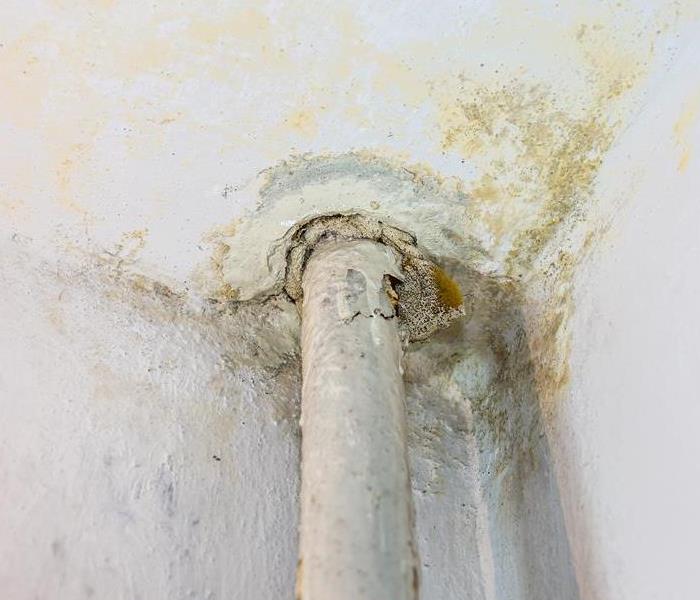How to Take Care of Pipe Breaks: Essential Steps for Damage Control
7/27/2023 (Permalink)
Dealing with a pipe break in your home or business can be a stressful and potentially damaging situation. A burst or leaking pipe can lead to water damage, property loss, and disruption of daily activities. Knowing how to take immediate action is crucial to minimize the impact of a pipe break and prevent further damage. In this blog, we will outline essential steps to help you take care of pipe breaks effectively.
Shut off the Water
The first and most crucial step when dealing with a pipe break is to shut off the water supply. Locate the main water shut-off valve, typically found near the water meter or where the main water line enters the building. Turn the valve clockwise to stop the flow of water and prevent additional flooding.
Assess the Damage
Once the water supply is shut off, assess the extent of the damage caused by the pipe break. Check for standing water, visible leaks, and any signs of structural damage. Document the damage by taking photographs or videos for insurance purposes.
Drain the Pipes
To minimize further water damage, drain the remaining water from the pipes. Open all faucets and flush toilets to empty the water lines. This step helps alleviate pressure within the system and reduces the risk of additional leaks or bursts.
Remove Excess Water
Using mops, towels, or a wet/dry vacuum, remove standing water from affected areas. Promptly drying out the space helps prevent mold growth, water damage to flooring or walls, and potential structural issues.
Call a Professional
Contact a licensed plumber or restoration professional to assess the pipe break, repair or replace the damaged pipe, and address any related issues. Experienced professionals have the expertise and tools to handle pipe repairs efficiently and effectively.
Mitigate Water Damage
Take steps to mitigate water damage while waiting for professional assistance. Use fans or dehumidifiers to promote airflow and accelerate the drying process. Remove wet materials, such as carpets or furniture, to prevent further damage and potential mold growth.
Document and Notify
Document all damage, including photographs, videos, and written descriptions, to support insurance claims. Notify your insurance company as soon as possible to initiate the claims process and follow their instructions for filing a claim.
Preventive Measures
After the pipe break is resolved, consider taking preventive measures to avoid future incidents. Insulate exposed pipes, especially in areas prone to freezing temperatures, and consider installing water leak detection devices to provide early warning of potential leaks.
Dealing with a pipe break requires swift and decisive action to minimize water damage and protect your property. By shutting off the water supply, assessing the damage, draining the pipes, removing excess water, and contacting professionals for repairs, you can effectively manage a pipe break situation. Prompt action, documentation, and insurance claim filing are crucial for a smooth recovery process. Remember to take preventive measures to reduce the risk of future pipe breaks and ensure the long-term integrity of your plumbing system.





 24/7 Emergency Service
24/7 Emergency Service
